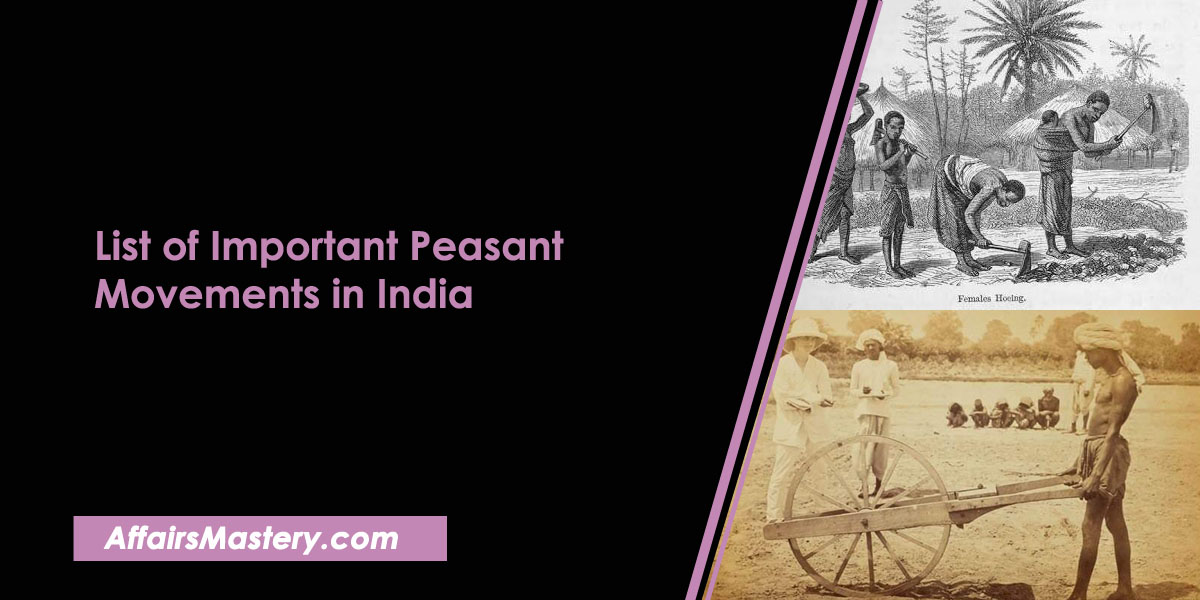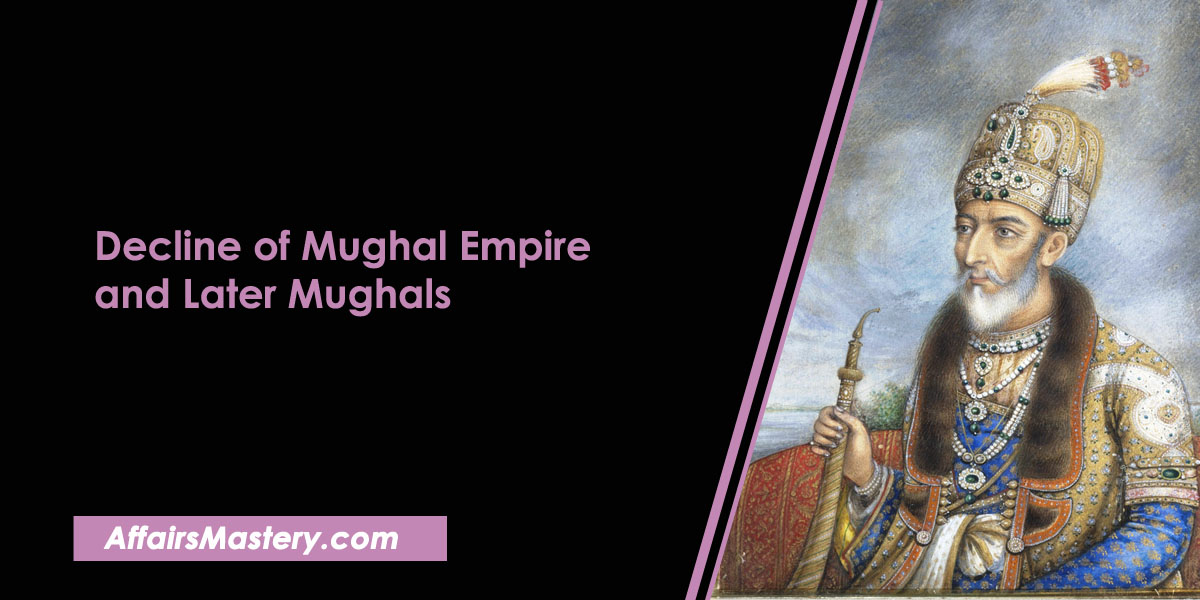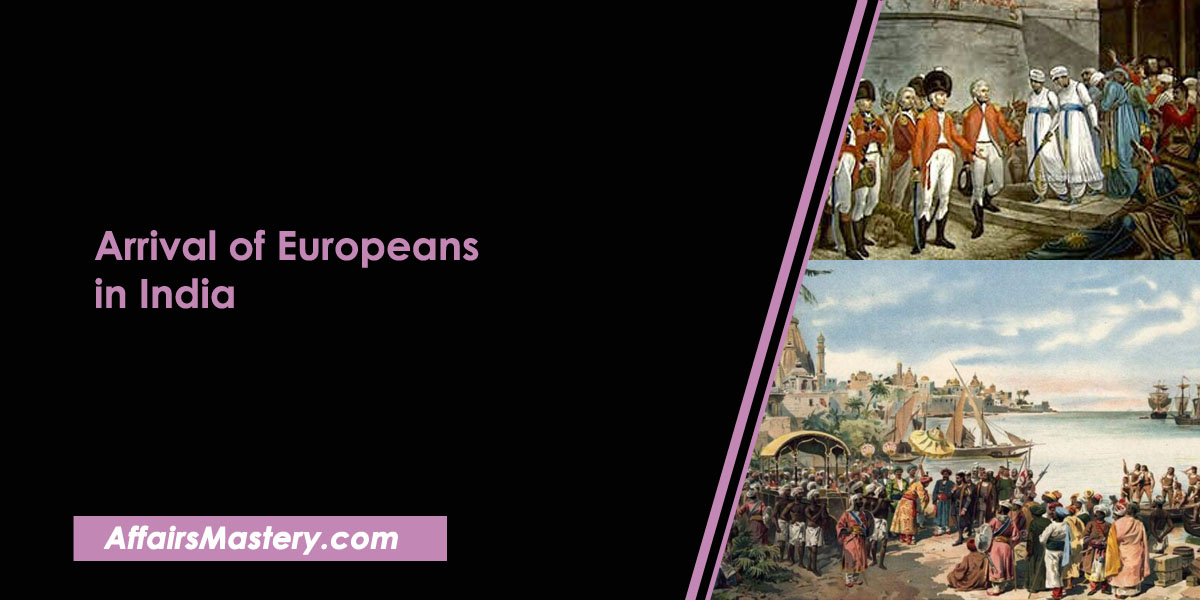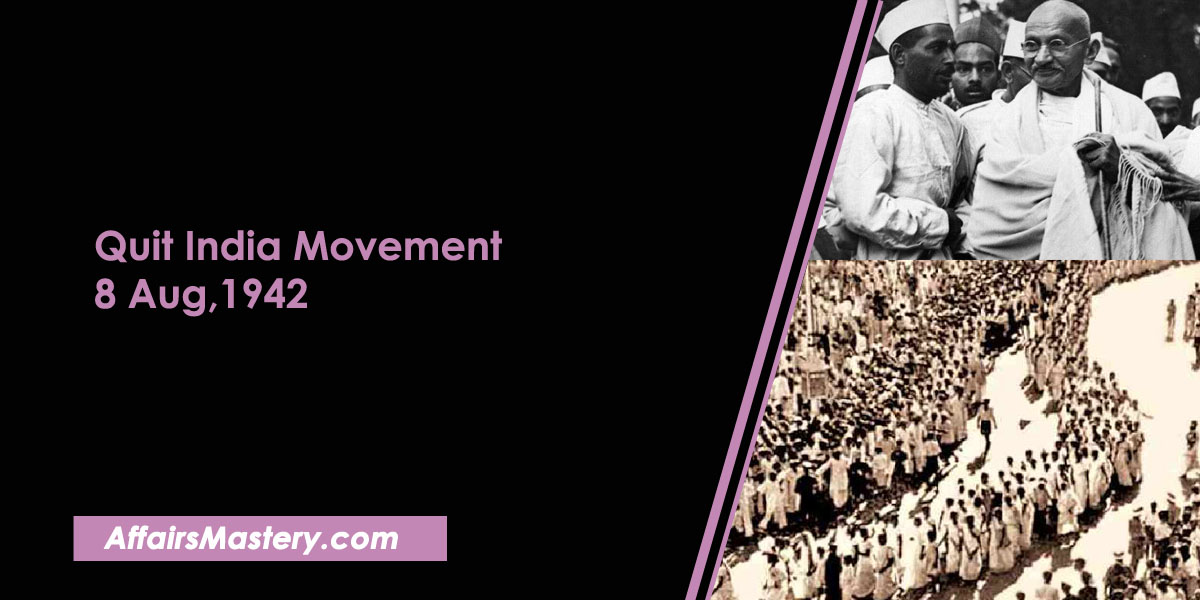List of Important Peasant Movements in India: Moplah Rebellion, Indigo Revolt, etc
Important Peasant Movements in India. During the British time, the peasants suffered from high rents, illegal levies, arbitrary evictions and unpaid labour. These overburdened the farmers and created a sense of insecurity among them. This resulted in a number of protests, revolts and movements taking place across the country as people sought to make their voices heard. Important Short note for various exams.
From the perspective of an examination like Civil services, State exams, SSC, Banking, Railways and any other One Day exam, all the necessary facts and information are listed below.
Peasant Movements
| Movement (Year) | Place | Leaders | Reason | Result |
|---|---|---|---|---|
| Rangpur Revolt (1783) | Dinajpur, Northern Bengal | Dheeraj Narayan | Burdern of revenue was placed at the highest on the Zamindars who then passed it on to the peasants | Peasants grew violent and symbols of the government were destroyed. Courts and granaries were seized by the peasants. |
| Moplah Rebellion (1836-54) | Malabar | Local leaders | New Revenue policy of the British | Multiple movements and it took years to suppress. |
| Indigo Revolt (1859) | Bengal | Digambar Biswas and Vishnu Biswas | Forced Indigo cultivation | By 1860, the indigo cultivation ended. |
| Pabna Peasant Uprising (1873-76) | Bengal | Ishwar Chandra Rai, Shambhu Pal | Forced eviction of peasants from their own lands and the high rates of taxation. | Bengal Tenancy Act. 1855 was passed, land ownership of the farmers were recognized. |
| Deccan Riots (1875) | Poona, Ahmadnagar, Sholapur and Satara in MHA | Baba Sahab Deshmukh | Vicious circle of Mahajan’s oppression, increase in revenue by 50%. | Social boycott of Mahajans, passage of Deccan Peasant relief Act, 1879. |
| Punjab Peasant Movement (1890-1900) | Punjab | Indebtedness and transfer of peasant land to moneylenders. | Through the Punjab Alienation Act of 1901, land occupation of farmers by the moneylenders was prohibited. | |
| Bijolia Movement (1905-13) | Mewar | Bhoop Singh Rathi, Vijay Singh Pathik, Manik Lal Verma | Various taxes on peasants numbering as much as 86. | The peasants refused to work on the farms of Jagirdars. |
| Champaran Satyagraha (1917) | Champaran, Motihari, Betia, Madhubani | Mahatma Gandhi | Tinkathia system, increase in revenue | Plantation owners agreed to return 25% of the illegal recovery. |
| Kheda Satyagraha (1918) | Gujarat | Mahatma Gandhi | Revenue demand even after crop failure | Secret directive by the government to take revenue only from those who can pay it. |
| Peasant Movement in Awadh (1919) | Pratapgarh, Sultanpur, Raibareilly, Faizabad | Jhinguri Singh, Baba Ramchandra | Increase in revenue demands, oppression by taluqdars. | Social boycott of Taluqdars was practiced. |
| Eka Movement (1921-22) | Barabanki Hardoi, Sitapur, Bahraich | Madari Pasi | Increase in revenue demands | Small Zamindars also participated in it. |
| Malabar Moplah Rebellion (1921) | Malabar | Ali Musliyar, V.K. Haji, Sithi Koya Thangal, Chembrassery Thangal, Moideen Kutty Haji | Increased revenue demands, forced eviction of peasants. | Grew communal, but the movement was crushed in 1921. |
| Bardoli Satyagraha (1928) | Surat | Sardar Vallabh Bhai Patel | Increased revenue demands, forced labour. | The rent increment was brought down to 6.03%. |
| Andhra Movement (1923-38) | Coastal region of Andhra | Satya Narayan Raju, N.G. Ranga | Revenue demands and fishing rights. Foundation of peasants associations by Ranga. | Revenue demands were addressed by the Government. |
| Peasant Movement in Malabar (1934-40) | Malabar region of Kerala | Satyanarayan Rao, Dandu Narayanrau, T. Prakasham, Kandra Venkataiah | Feudal cesses, demands of advance revenue payment. | The provincial Congress government passed a bill to address the grievances. |
| Peasants movement in Bihar (1929-39) | Bihar | Swami Sahajananda | Zamindari abolition, illegal cesses, Bakasht land. | The movements lost its steam after few reforms by government and repression of volunteers. |
| Peasant movement in Punjab (1930-40) | Jalandhar, Amritsar, Hoshiarpur, Shekhpura | Sohan Singh Bakhna, Jwala SIngh, Tej Singh, Master Hari Singh | Hike in canal tax, high revenue demands in Amritsar and Lahore. | Movements by Naujawan Bharat Sabha, Akalis, and Kirti Kisan Party. Bill passed in 1943. |
| Warli movement (1945-49) | Warli, Mumbai | Godavari Purulekar | Against begar, big landlords. | Communist influence increased. |
| Tebhaga Movement (1946-50) | Dinajpur, Rangpur, Jalpaigudi, Midnapore, Khulna | Krishna Vinodi Rai, Avni Lahiri, Sunil Sen, Bhawani Sen, Moni Singh | Decided to pay 1/3rd only to the landlords. | Suhrawardi ministry took steps to sddress the problems and passed regulation. |
| Punnapra-Vayalar Uprising (1946) | Travancore | Mannathu Padmanabha Pillai | Famine conditions, designs of C.P. Ramaswamy to remain independent. | Accession of Travancore to India. |
| Telangana movement (1946-51) | Telangana | Puchalapalli Sundarayya | Against feudal atrocities of Nizam rule | Played a role in the demise of Nizam rule, Abolition of Jagirdari. |
If you find our content helpful and interesting, please consider joining us on Telegram @affairsmastery_official to show your support. We would really appreciate it!
Related articles
- Important Battles in Indian History 2023-24
- Important treaties in Indian history 2023-24
- List of Foreign Travellers who came to India
- List of Governor General of India and Viceroy of India
- Robert Clive – Important Short Notes for Exams 2023-24
- Warren Hastings – Important Short Notes for Exams 2023-24
- Lord William Bentinck – Important Short Notes for Exams 2023-24
- Lord Canning – Important Short Notes for Exams 2023-24
- Lord Mountbatten – Important Short Notes for Exams 2023-24
- C. Rajagopalachari – Important Short Notes for Exams 2023-24
- Lord Wavell – Important Short Notes for Exams 2023-24
- Lord Linlithgow – Important Short Notes for Exams 2023-24
- Lord Willingdon – Important Short Notes for Exams 2023-24
- Non Cooperation Movement (1919-1922)
- Important Personalities related to Social Movements of India
- List of Important Books on Revolt of 1857 and their Author
- Important Leaders of 1857 Revolt and their places
- Constituent Assembly of India and its Composition: Important Short Notes
- Important Tribal Movements in India
- Direct Action Day 1946: Important Short Notes for Exams
- Interim Government of India, 1946 and its members
- Important Socio Religious Reform Movements in India – Short Notes
- Khilafat Movement (1919-1924) – Important Short Notes for exams
- Lucknow Pact, 1916 – About, Features, Outcome (Important Short Notes)
- C R Formula or Rajaji Formula, 1944 – About, Main Points (Important Short Notes)
- Wavell Plan, 1945 – About, Main Points (Important Short Notes)









